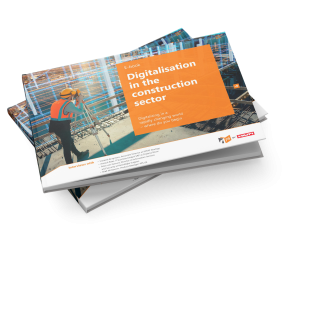What was once a trend has now become essential: the adoption of digital technologies in the construction industry. Companies must take steps to survive, Frederik Brugmans of KPMG observes. ‘Digitalisation plays an important role in construction, perhaps even more so than in other sectors. However, construction is a very traditional sector and is currently lagging behind other sectors in terms of digitalisation. However, it is catching up; companies are actively thinking about their digitalisation.’
Two major developments
Brugmans outlines two major developments in construction:
- Standardisation or industrialisation to increase efficiency and deliver construction projects faster.
- Digitalisation: This takes place at various levels and can, for example, help to map employee productivity and turnover per FTE.
‘With these kinds of KPIs, you can further improve your organisational structure and make it more efficient. Various construction companies are working on this,’ says Brugmans. ’When it comes to digitalisation, I mainly see the digital tools that a company has to run its operations more efficiently and tightly. That starts with BIM and then moves on to project calculation. I have noticed a surge in this area in recent years, due to the tight market and price pressure, particularly in new construction. It is therefore very important to be able to calculate costs in order to ultimately keep your business healthy and realise projects with a healthy margin.’
Adoption of ERP systems
There are several trends that are accelerating digital adoption. Brugmans explains: ‘You see external factors accelerating digital adoption, such as the enormous price increase of materials due to scarcity. Insight into price developments at suppliers and the timing and volume of required materials has therefore become more important. This requires good calculation and ERP software. I have seen such ERP systems being adopted in recent years and expect this trend to continue.’
Nevertheless, the Associate Director sees that the way software is used is still very traditional in the sector. ‘Many construction companies still run ERP systems on their own servers on site, rather than in the cloud. This makes maintenance and scalability a lot more complicated for software companies in the market. Because if something goes wrong, they have to go to that company every time to see what the problem is.’
Digitalisation ensures efficiency
When asked why a company would switch to using more and more digital technologies, Brugmans is clear: ‘The biggest advantage of digitisation is efficiency. Construction is a project-based business, which sometimes makes it difficult to keep your finger on the pulse and identify pain points. Not every project can be a huge financial success, of course. But it is true that digital tools and monitoring can help you avoid a lot of inefficiency and problems. As a result, the project margin will increase. That is why digitalisation has enormous added value for the entire sector.’



